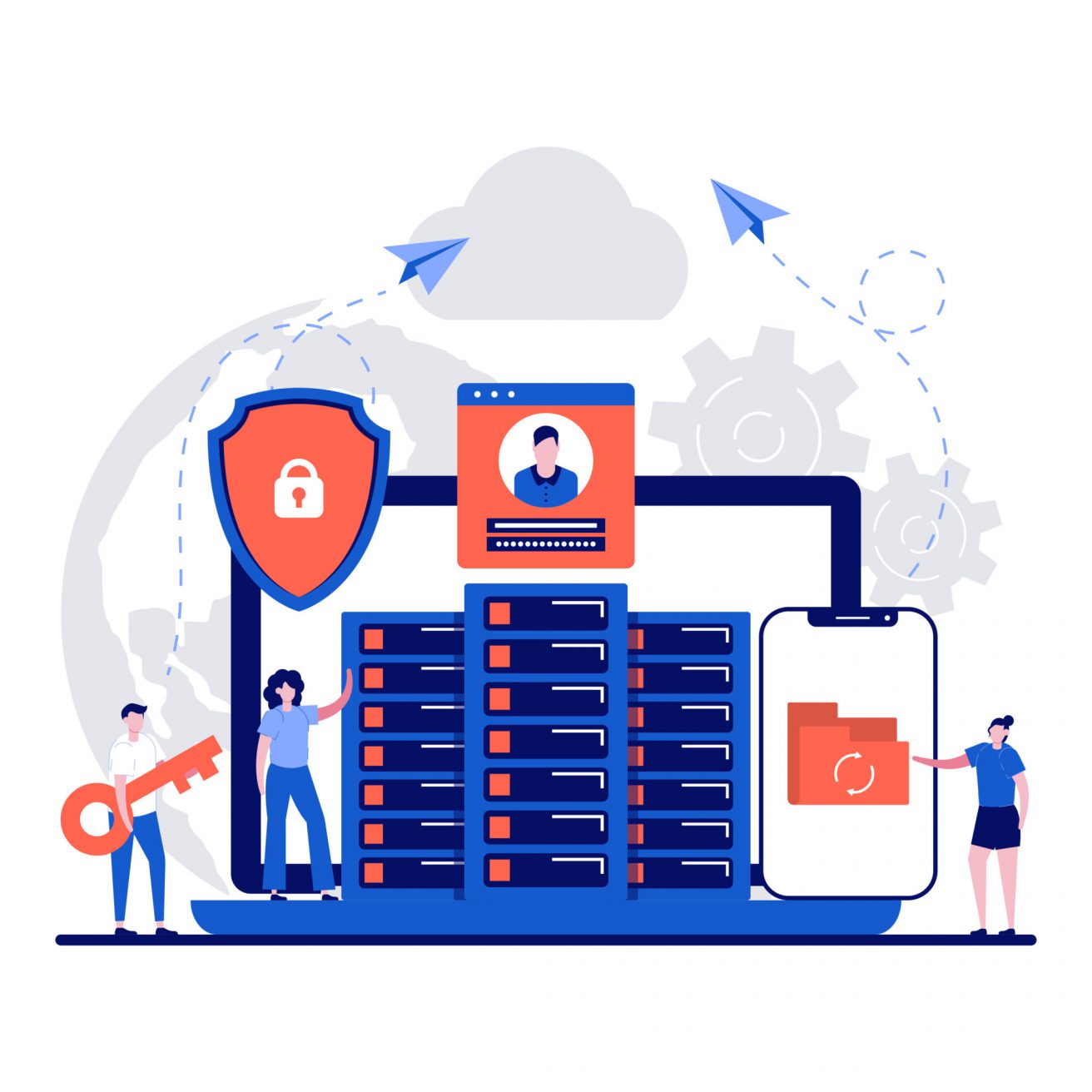Hybrid Cloud Strategy…Just a Component of Modernization

We’ve all read or listened to different explanations and definitions of what a hybrid cloud is. Many contain a manufacturer’s bent, and others are just kind of – well – creative.
Everybody’s Talking About It
Consider Ann Burrell, the shark-finned white-haired culinary star – now an IBM spokeswoman for hybrid cloud…huh? Yup, she’s got a commercial talking about it. Food and golf apparently go well together. Lexi Thompson, one of the preeminent LPGA American stars, is also talking about it.
So how did we get from discussions and planning on hybrid cloud strategies for IT and their enterprises to household stars pitching hybrid benefits? Hybrid environments are now the norm, although most have evolved as a result of expediency and flexibility of cloud services.
Speed is the Need
Cloud services can now be developed and deployed more rapidly and are becoming explored more deeply to deliver speed and cost-effective analytics infrastructures. Enterprises are getting on the retail bandwagon for supply chain and analytics are the key to customization and competitive advantage. Buying and data insights driven by Machine Learning (ML) are on the table as strategic partner table stakes for CIOs. All CEOs and their board members have experienced Amazon Prime ‘recommendations” based on exactly that. So why not apply it to their customers and partners?
Planned hybrid cloud strategies are critically important for CIOs as the digital economy definitions continue to expand growth opportunities for their industry segments. Hybrid cloud plans are now built into an organizations’ modernization strategies.
It’s Everywhere
Most IT professionals work in hybrid environments that have applications and services delivered from public cloud providers (AWS, Azure, Google) and from ERP providers that are now moving their services into their own clouds (Oracle, SAP, WorkDay).
It is an opportunity for CIOs to develop and implement forward-looking strategies for optimizing IT by bringing together existing capabilities and resources with the newest cloud service models that move or share applications and enterprise data. It is a changing enterprise data management model providing speed and customization for their clients and partners.
Wave Two
A recent study released by the IBM Institute for Business Value identified that many are now in a second wave of modernization in the cloud but have been “struggling with implementation”. CIOs know “what” they need to do but they need assistance with the “how”. The Institute’s research has also found that a well-planned hybrid cloud strategy can deliver more than 2.5X value than a single provider approach.
This serves as another proof point to the value of a hybrid cloud strategic plan. Formalizing and updating the modernization plan, specifically calling out the management of hybrid workloads, accelerates the benefits. IT teams can realize modernization opportunities when the plan covers three key hybrid cloud strategy elements:
- Security
- Agility
- Skills & Resources
Security Across the Entire Environment
With the hyper-active attacks on the enterprise, critical items like data security and the security posture for the cloud is a slightly different animal. It is a shared responsibility model, and enterprise security policies and posture will not simply “transfer.” They need to be updated and integrated with the shared responsibility models if cloud providers.
Once cloud alignment with the typically well-documented enterprise security posture is done, disaster recovery and an updated business continuity plan will minimize risk, downtime and cost. As data becomes more portable across applications and infrastructure, data security consideration is a must in the context of effort and cost.
Agility
By bringing core systems and your edge environments closer together, benefits can be significant. CIOs will be unlocking portability, speed and flexibility…which equals agility. Taking the step of developing a hybrid cloud strategy will unlock many new native cloud services and provide efficiencies through prioritization of those applications that should move holistically to the cloud or have a hybrid component of focused services like data marts. IT teams can now stand up data management strategies with agility and take them down and re-architect as needed. As always, starting with the business impacts will help set priorities and spend. There is usually a likely list of applications that can benefit from the hybrid architecture focused on measurable business impact.
Skills & Resources
Not many teams are loaded with data scientists or even cloud-savvy analysts. It is tough to accomplish speed and agility when your resources are limited internally. However, there are always opportunities to engage with a trusted and experienced partner. The trick is to not have them shoe-horn in a solution first without exploring the myriad of cool tools available to assist. For example, Power BI may be great in an Azure environment, but not so much in an AWS world. QuickSight may be fine in AWS, but it is still maturing as a service and may have limitations against requirements. Qlik can span across worlds and is very flexible, but who knows it well enough to help, from architecture to dashboard?
P-R-P
Plan-Research-Plan again. Most non-IT professionals may not know or care about the complexity of the “get rights” of security and data management in a hybrid cloud enterprise environment, nor should they. Getting it right is important. Plan, but leave room for pilots, trials and experiments. In addition, explore the possible and discuss thoroughly with internal and external partners. The benefits and positive outcomes can be significant.
If you are interested in exploring a conversation on hybrid cloud strategies, the ivision Management Consulting Practice can help. Our practice operates at the intersection of strategy and tactics with plans that deliver actionable outcomes driven by strategic direction for hybrid cloud use cases.



